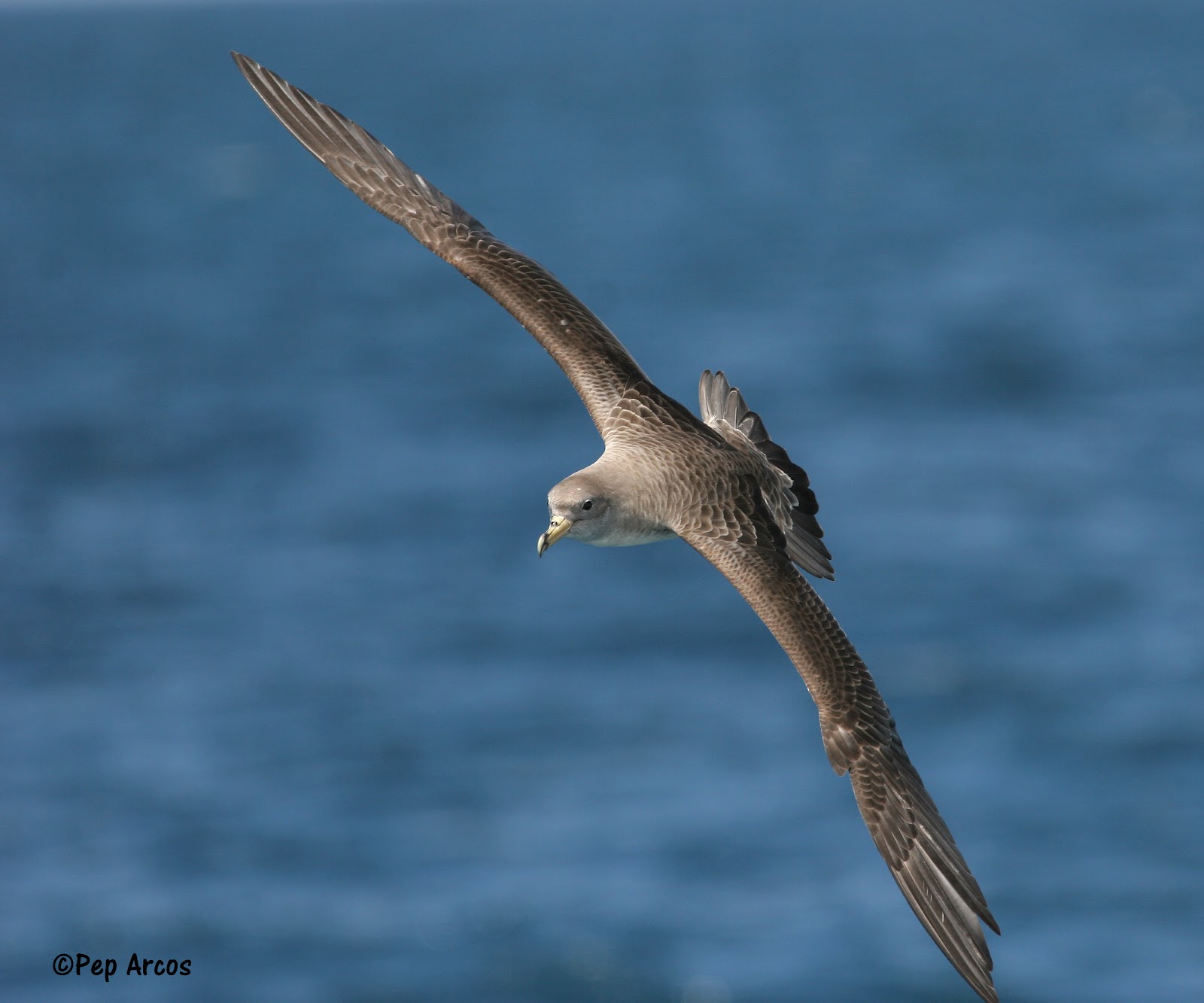David Costantini (Department of Biology, University of Antwerp, Belgium) and Giacomo Dell'Omo have published in the on-line and open-access journal Conservation Physiology on assessing the health of Scopoli’s Shearwaters Calonectris diomedea by using biomarkers.
The paper’s abstract follows:
A major challenge in conservation physiology is to find out biomarkers that reliably reflect individual variation in wear and tear. Recent work has suggested that biomarkers of oxidative stress may provide an additional tool to assess the health state of individuals and to predict fitness perspectives. In this study, we assessed whether three biomarkers of plasma oxidative status predicted the following factors: (i) the resight probability as breeder in the next seasons; and (ii) the cumulative reproductive output over multiple years in Scopoli’s shearwaters (Calonectris diomedea) using a 7 year individual-based data set. Our results show that shearwaters having higher levels of a marker of oxidative damage (reactive oxygen metabolites) in 2008 had a lower resight probability in the next years and a lower number of chicks raised from 2008 to 2014. In contrast, two biomarkers of antioxidant defences (non-enzymatic antioxidant capacity of plasma and thiols) did not have any predictive value. Increased concentrations of plasma reactive oxygen metabolites, together with the significant individual repeatability over time in this metric of oxidative stress found in numerous studies, suggest that this metric might serve as a blood-derived biomarker for health and fitness perspectives in birds and, possibly, also in other taxa.”

Scopoli's Shearwater, photograph by Pep Arcos
Reference:
Costantini, D. & Dell'Omo, G. 2015. Oxidative stress predicts long-term resight probability and reproductive success in Scopoli's shearwater (Calonectris diomedea). Conservation Physiology 3. doi: 10.1093/conphys/cov024.
John Cooper, ACAP Information Officer, 03 July 2015

 English
English  Français
Français  Español
Español